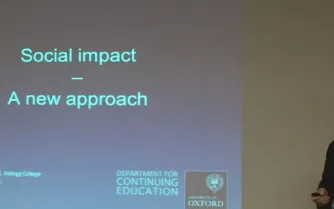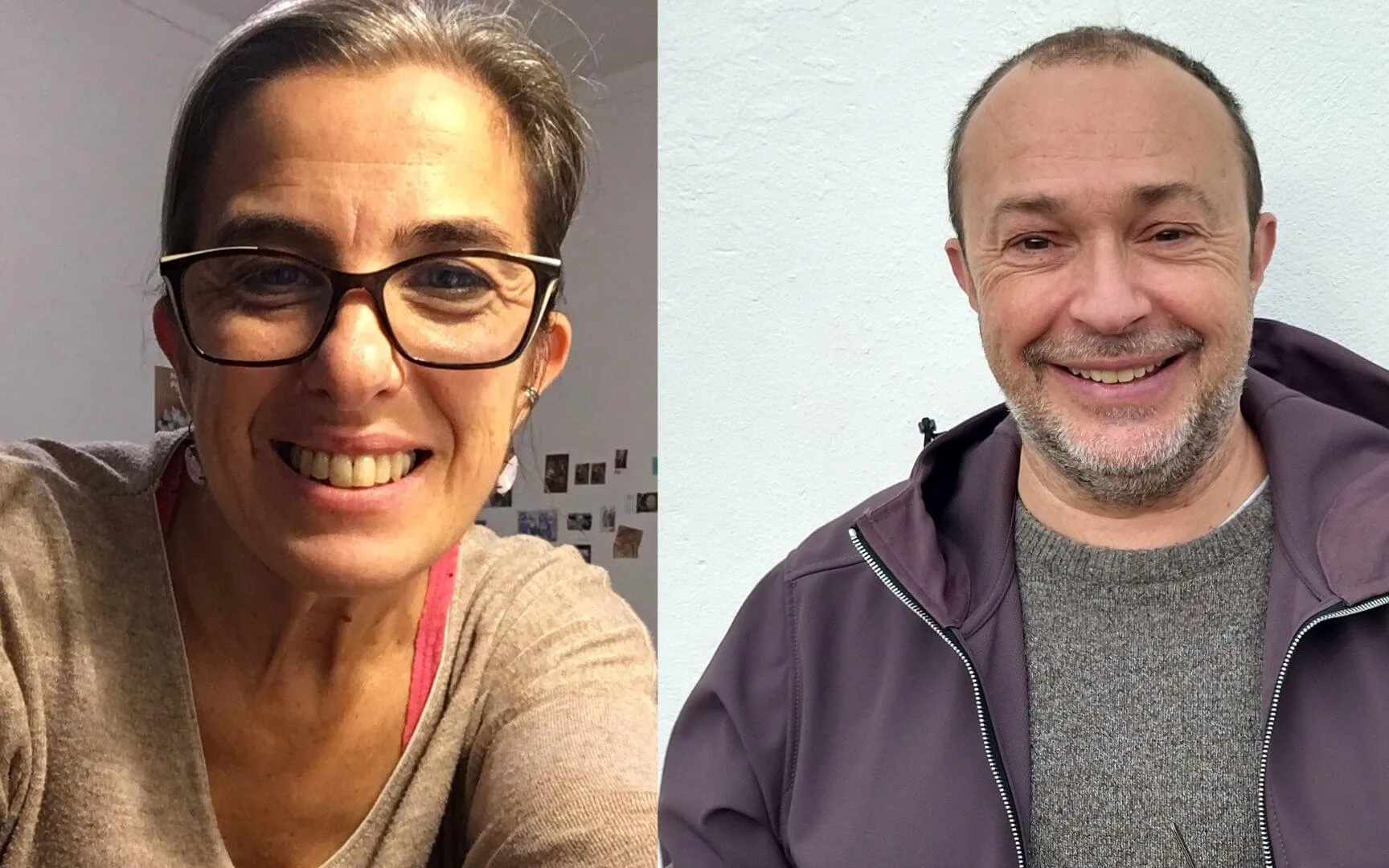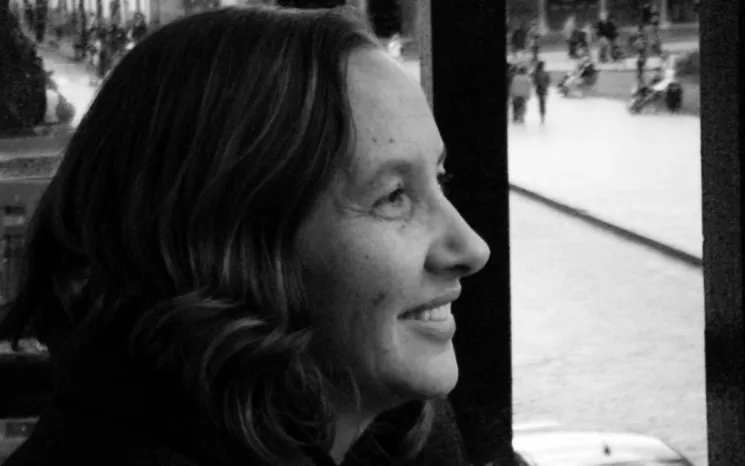Gorgi Krlev, co-author and editor of 'Social Innovation: Comparative Perspectives' talks about the book and the necessity of the multi-actor and multi-sector interaction in the field of social innovation.
How did the idea of this book emerge? What was the mission?
'Impact of the Third Sector as Social Innovation' (ITSSOIN.eu) is the project 'Social Innovation: Comparative Perspectives' is based on.The project responded to a call of the European Commission about the impact of the Third Sector on socio-economic development in Europe. This question in all its breadth was impossible to answer, so we pitched it in a different way: First, we looked at social innovation as a driving force of societal renewal and prosperity. Second, we did not only look at Third Sector organizations but also at governments and businesses to see how different actors affect social innovation.
To whom is it addressed?
To everyone who is interested in innovation, social problem solving, progress, prosperity, or the sustainable development goals. When it comes to actors we focus on all facets of the Third Sector, from civil society at large, to volunteering, to advocacy organizations, to service providers. We also look at the activities of public sector organizations and policy as well as at various for-profit organizations. In brief, at everyone we identified to have played a role in making the studied social innovations happen.
What fields of activity have you investigated to create this book?
We investigated seven fields of activity, and each one across 3-4 European countries: Arts & Culture, Health Care, Social Services, Environmental Sustainability, Consumer Protection in Finance, Work Integration, and Community Development. The social innovations we analysed were, for instance: Arts based interventions to rejuvenate abandoned urban spaces, the Recovery Approach to mental health treatment that builds on people’s self-healing capacities, or the promotion of bike culture and use in cities.
From your point of view, what is the meaning of Social Innovation?
Social innovation refers to new approaches that lead to better outcomes than previous ones and increase society’s capacity to act (see also TEPSIE or CrESSI). For me social innovation clearly carries the normative notion of improvement and refers to more effective social problem solving. This is not to say that social innovation never has negative consequences, or might be challenged in many ways. Further examples of social innovation are: microfinance, decentralized forms of renewable energy production, or new employment models for people with disabilities.
What is the link between social innovation and the third sector?
I think more and more Third Sector organizations realize that pursuing social innovation is a powerful tool for levering social impact. However, public procurement regulations or the dependence on short-term project funding make it hard for the Third Sector to innovate. At the same time Third Sector organizations become more proactive in communicating which innovations they helped pave the way for in the past. Hospices are a classic example of new social institutions that would not exist without the Third Sector.
The book says that the Third Sector, specifically through stimulating civic involvement, is the best place to produce social innovation. How can nonprofit organisations do it?
The project started off with this proposition. It was confirmed in some ways, but needed to be relativized in others. Third Sector organizations, not least through civic involvement, were able to sense social needs early on, they were able to build effective links to target groups and they were strong at initiating the social innovation. However, they needed to forge coalitions for the innovation to flourish and gain momentum. And at later stages they required partners with a higher resource equipment, mostly government agencies. Businesses acted in particular where government activity was restrained, for instance by a crisis. They partly did so due to external pressures, but partly also because of a pro-social vocation.
The bottom-line overall is: social innovation cannot unfold without multi-actor and multi-sector interaction. And the skills and capacities of different actors are needed in specific phases of the social innovation.
Can you finish the sentence? If I read this book, I will learn...
how diverse actors come together and bring about much needed positive social change.








Add new comment